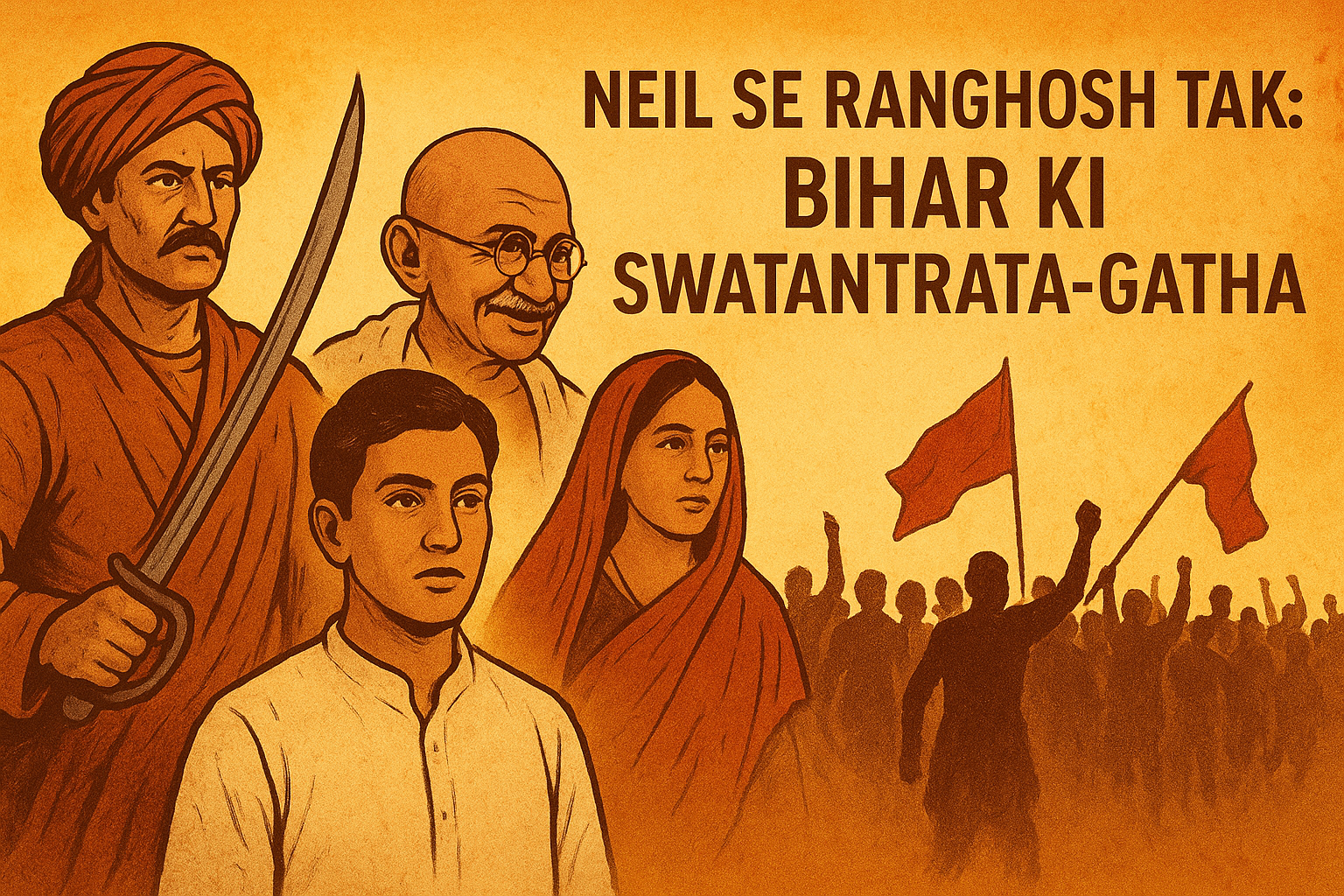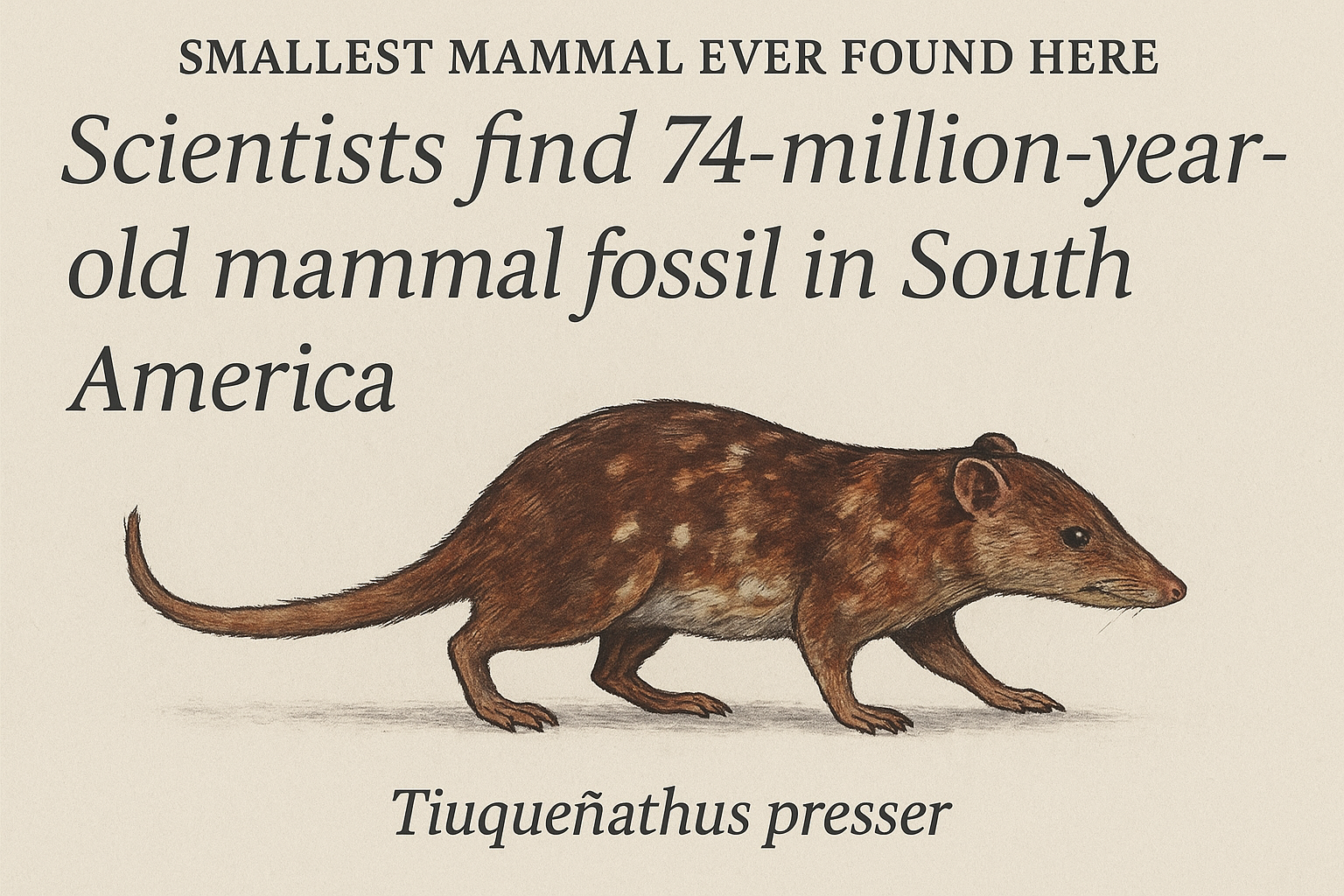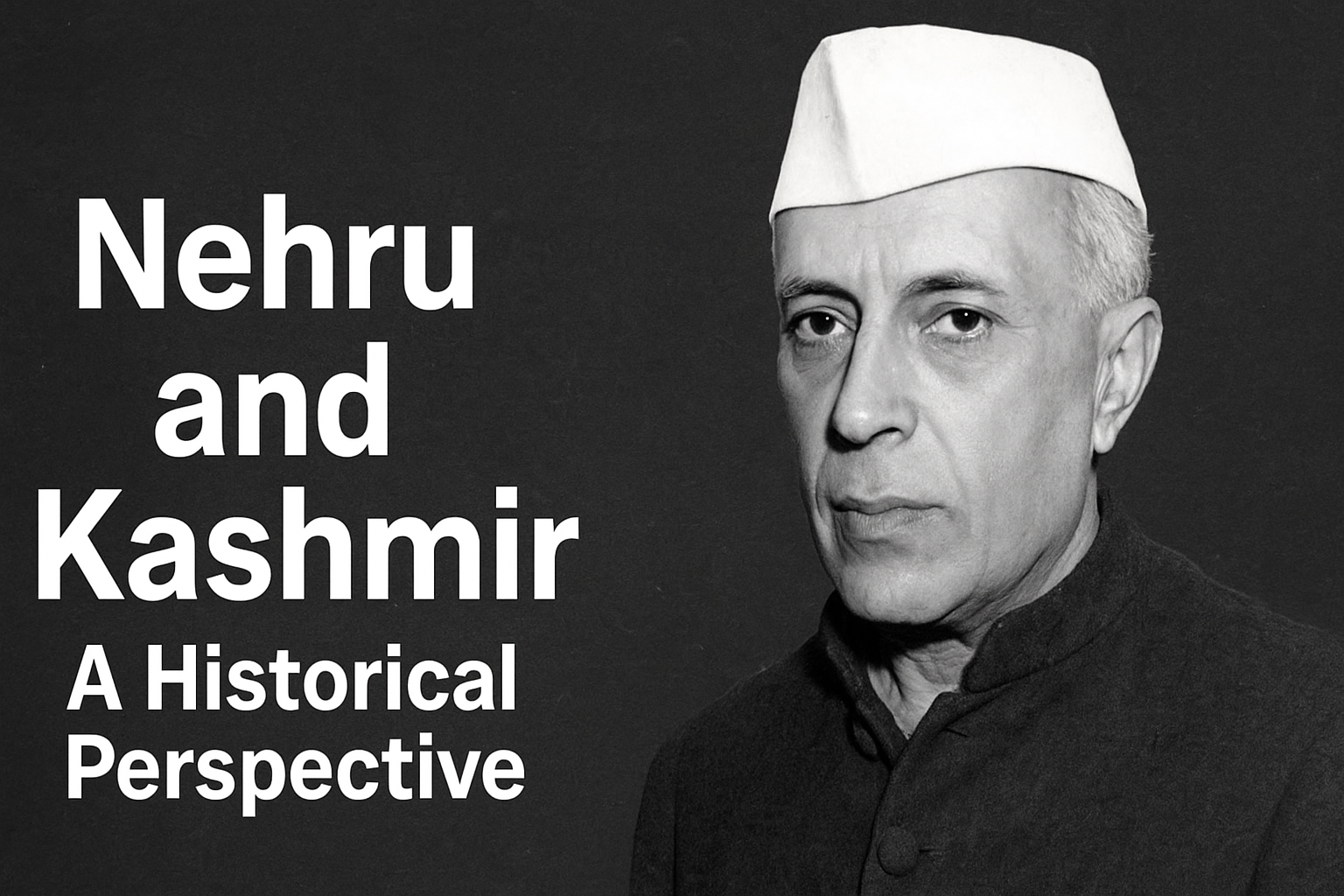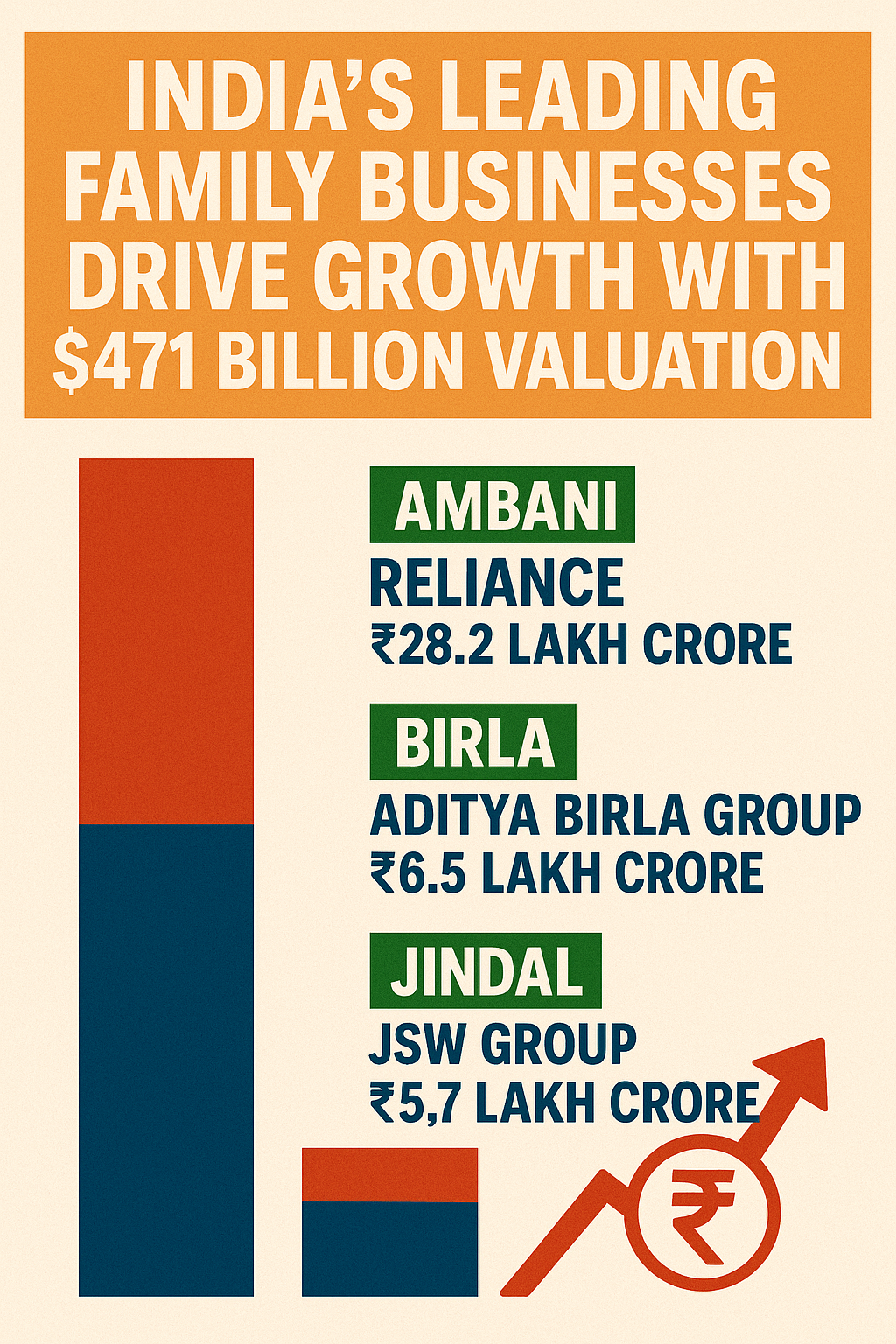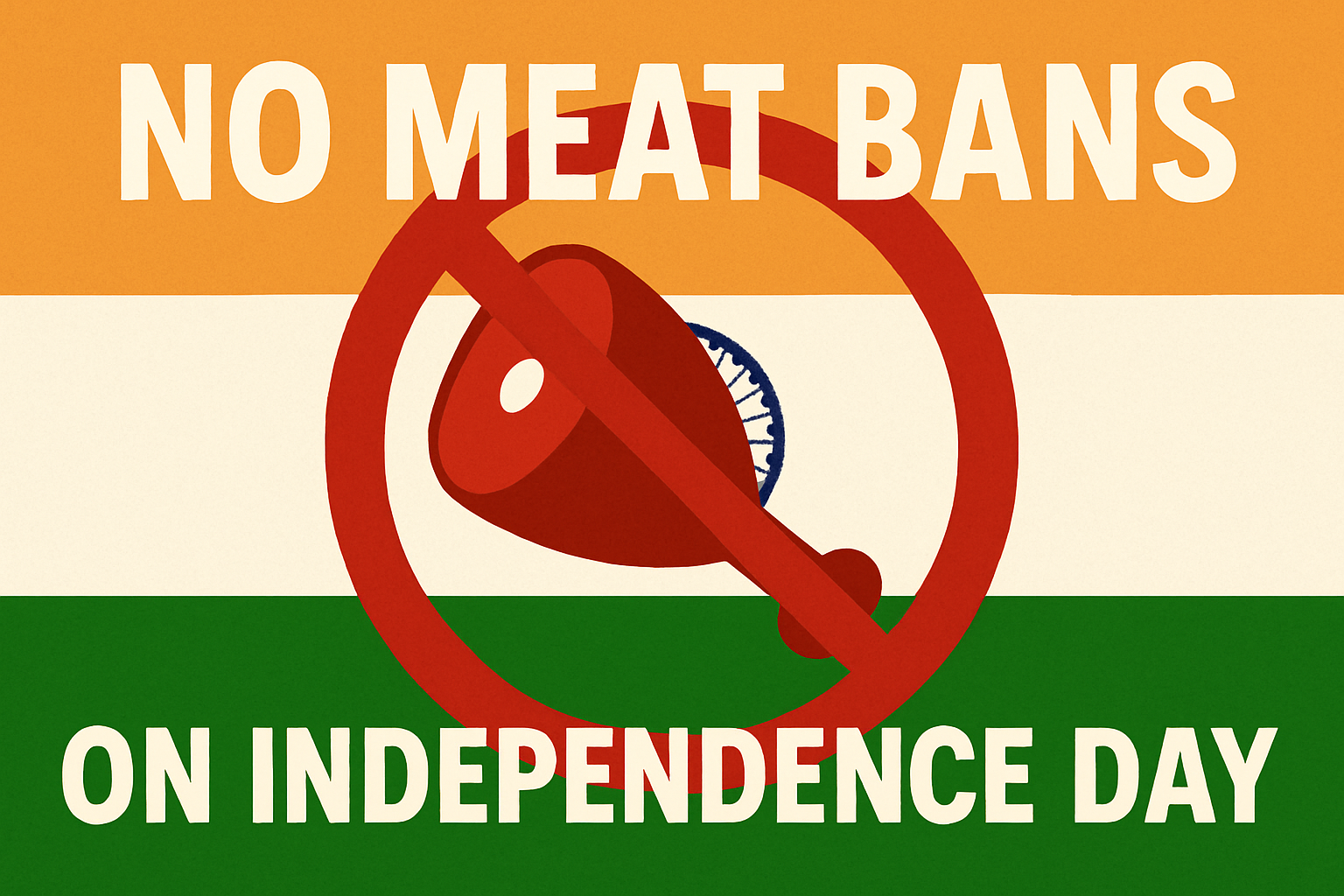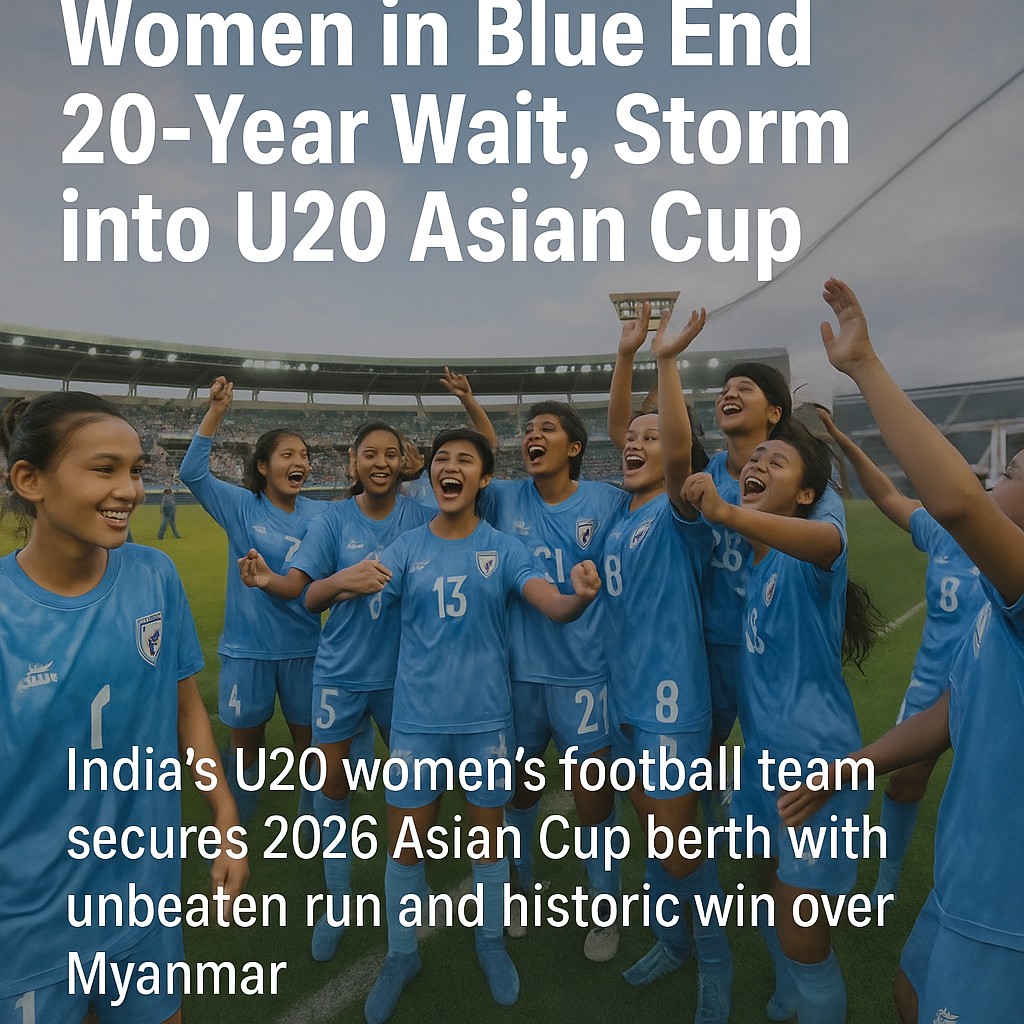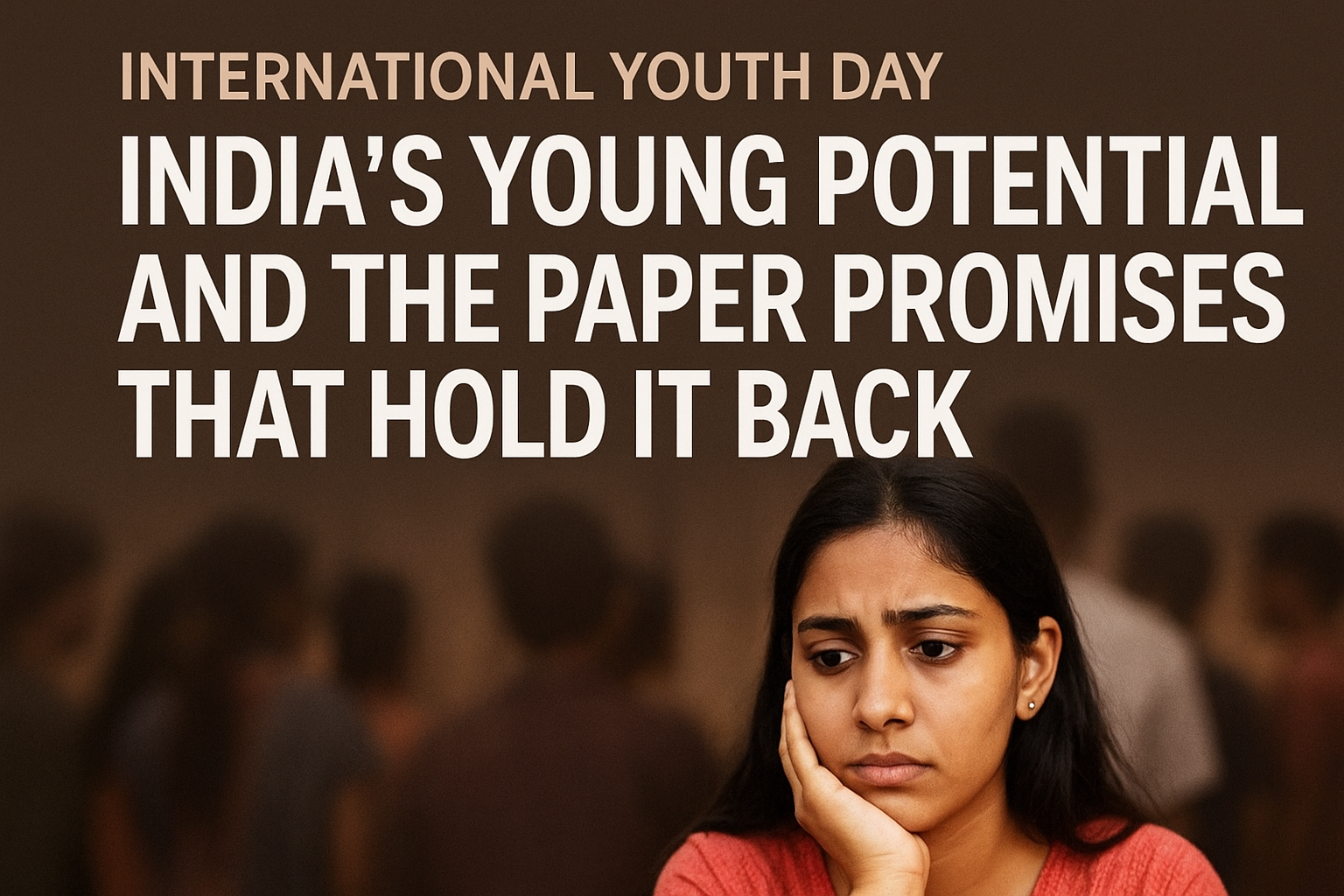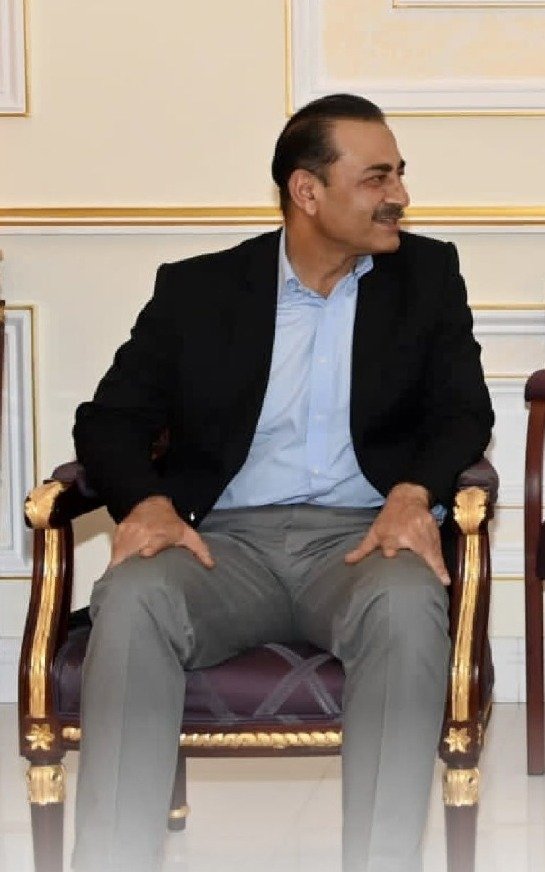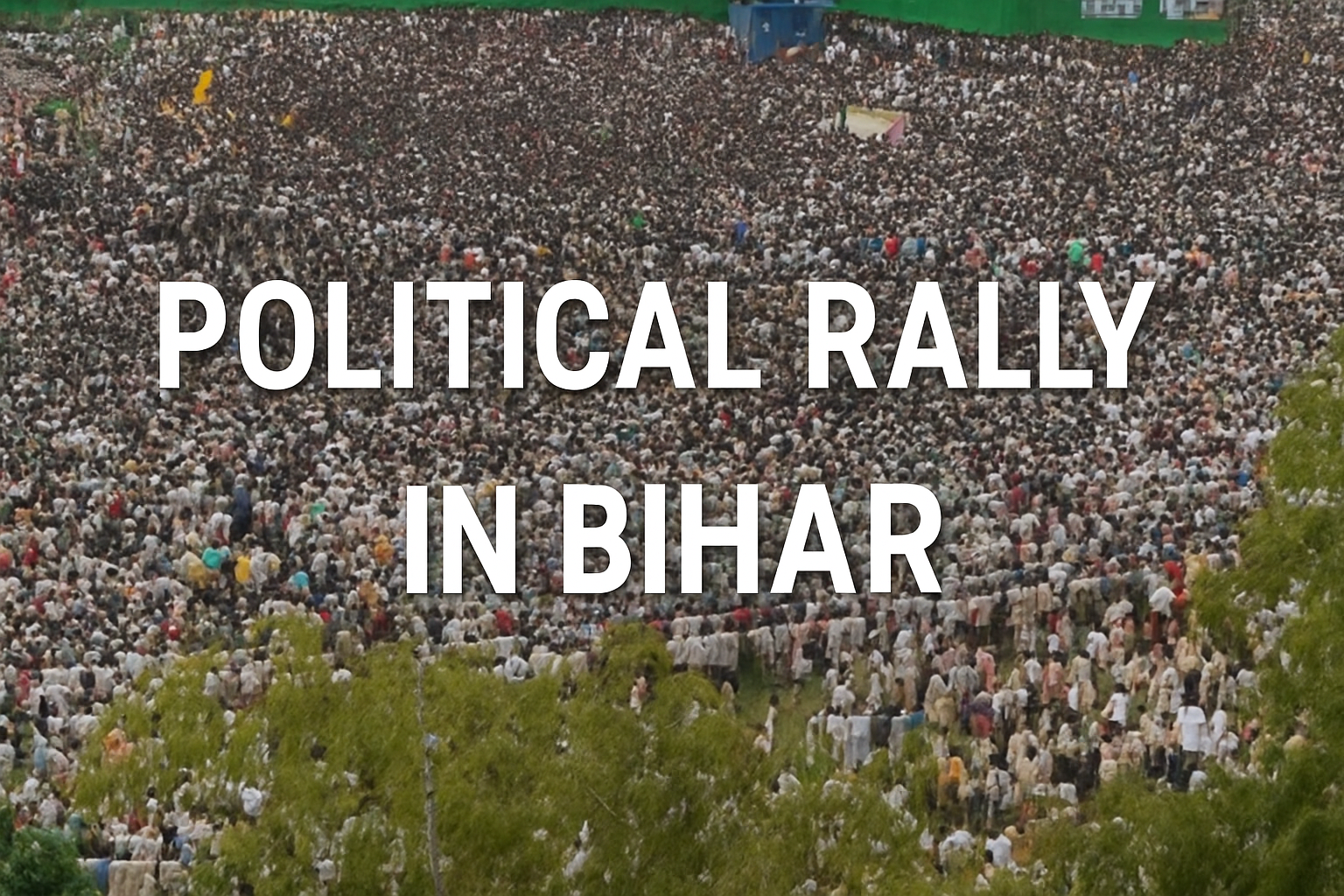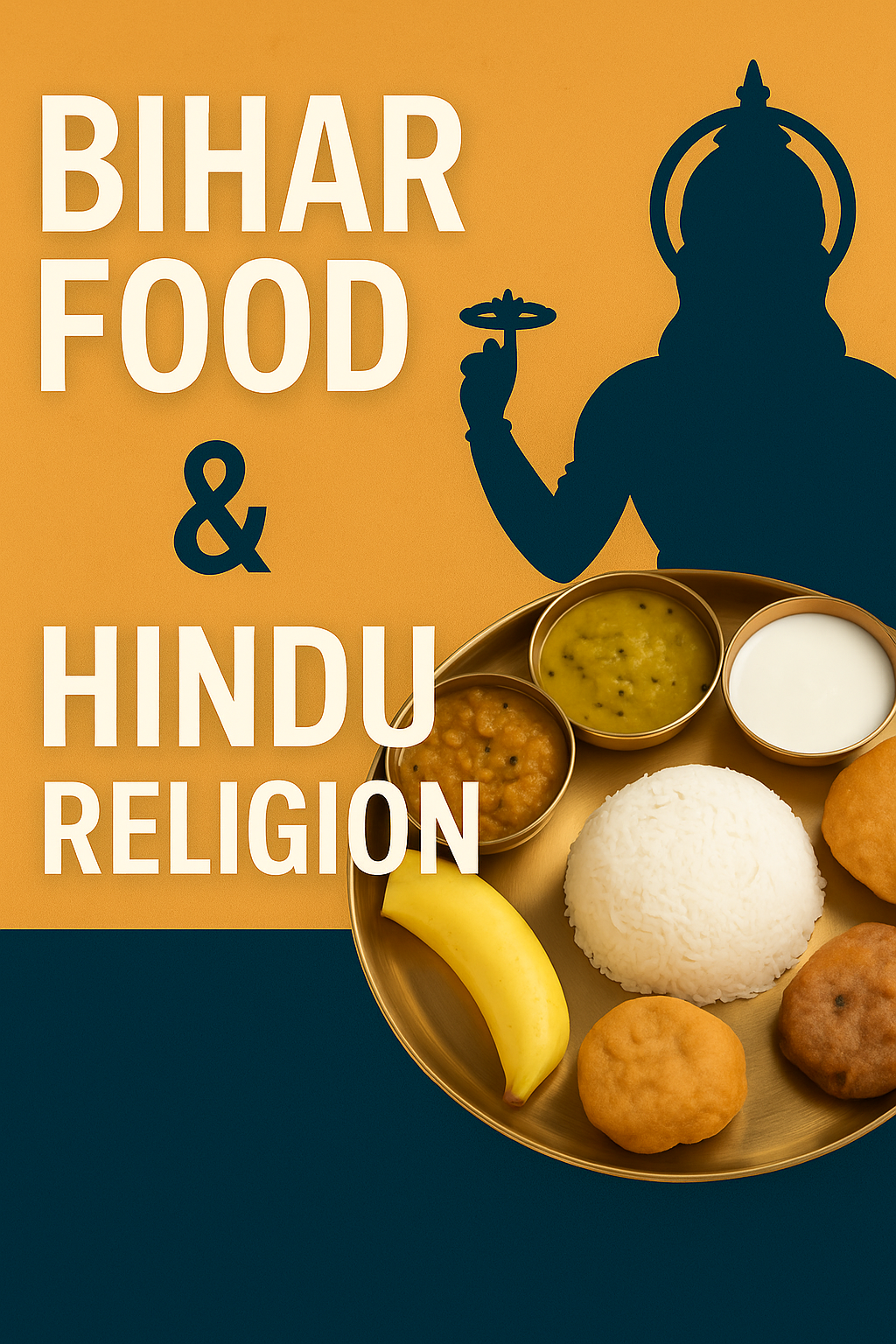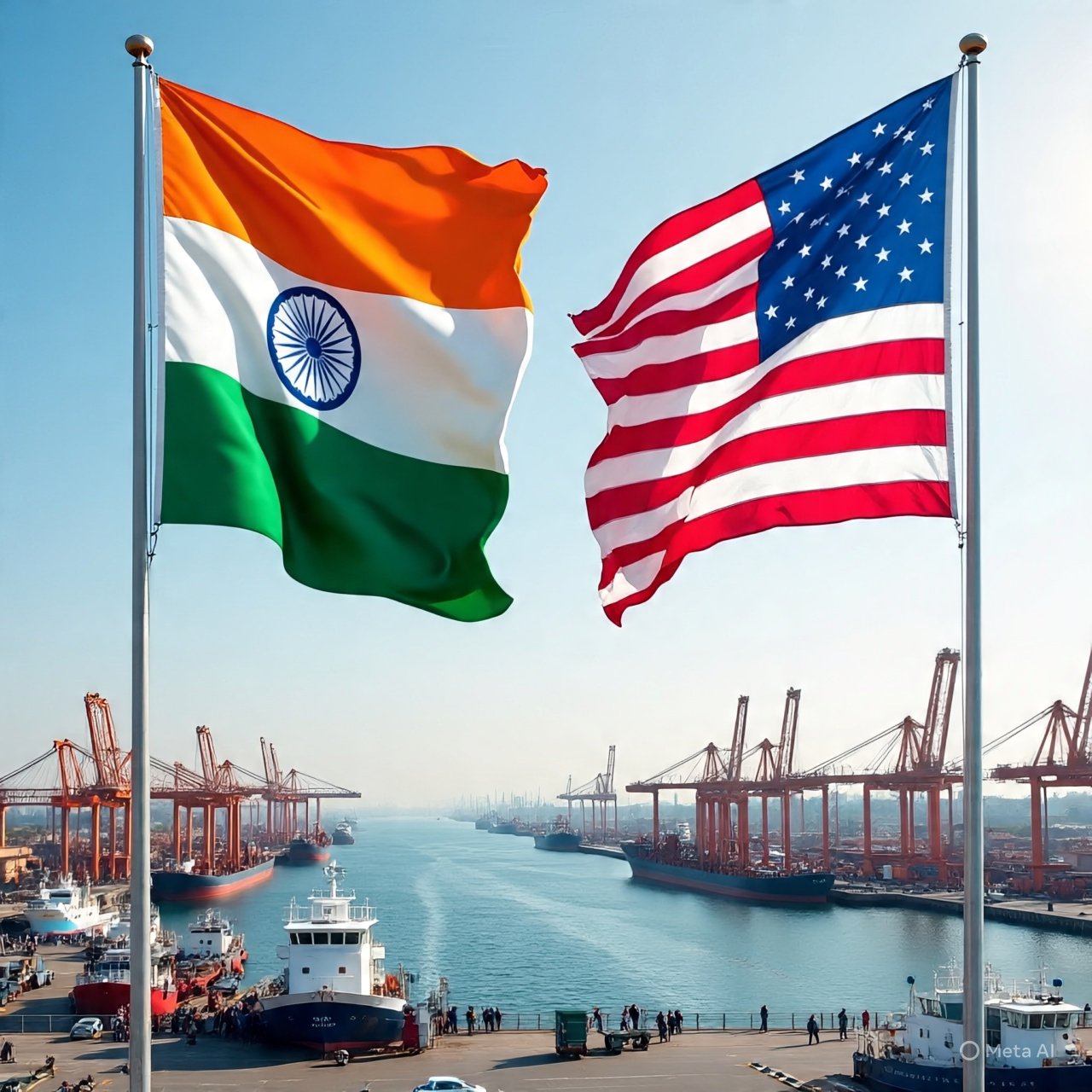
Starting June 12, sipping your favourite beer in Haryana will come with a sharper bill and perhaps a gulp of hesitation. With its new excise policy for the fiscal years 2025–27, the Haryana government has greenlit a steep hike in liquor prices across categories—sending ripples through breweries, bars, restaurants, and everyday consumers alike.
Under this revised policy, Indian beer prices are set to soar by 55%, while imported beer brands will face a 45% jump. This marks one of the most aggressive price revisions in recent years, and it’s not just limited to beer. Liquor across the board, including Indian Made Foreign Liquor (IMFL) and premium imported spirits, will also become costlier by 15% to 20%.
What Will It Cost You Now?
To give a clearer picture, popular domestic beer brands like Kingfisher Ultra, Tuborg, and Budweiser—which earlier retailed at ₹90 for a 650 ml bottle—will now cost ₹140. Meanwhile, 330 ml cans of these beers will increase from ₹75 to ₹120.
Imported beer enthusiasts will be especially hard-hit. A pint of Corona or Hoegaarden, previously priced around ₹200, will now retail at a hefty ₹290. What was once an occasional indulgence is now inching toward a luxury bracket.
And the steep rise doesn’t end there. Spirits like Absolut Vodka and Glenlivet are expected to become notably pricier. The price of Absolut is projected to jump from ₹1,200 to ₹1,800, while Glenlivet is set to leap from ₹2,300 to ₹3,800. For connoisseurs of fine liquor, this could mean a significant reshuffling of monthly budgets—or fewer pours per occasion.
What’s Driving This Policy Shift?
Behind the sticker shock is a strategic fiscal maneuver. The Haryana government has set an ambitious revenue target of ₹14,064 crore for the 2025–27 excise period. The previous cycle had already crossed its ₹12,650 crore goal by collecting ₹12,700 crore.
According to Jitender Dudi, Deputy Excise and Taxation Commissioner (West), Gurugram, the policy overhaul is designed not just to inflate state coffers, but also to standardize pricing with neighbouring states like Delhi and Punjab. "We want to bring parity, increase compliance, and reduce illegal alcohol trade," Dudi said.
Officials believe the increased licence fees and retail rates will improve transparency, formalize operations, and curb tax leakage—ultimately streamlining a sector often associated with grey-market operations and under-invoicing.
Hospitality Sector Braces for Impact
While the government touts the new policy as reformist, stakeholders in the hospitality sector see a different picture—one that could dampen Haryana’s nightlife and erode its food-and-beverage economy.
Liquor serving licence fees for restaurants and bars have been raised by 40%, with the lowest tier jumping from ₹7.8 lakh to approximately ₹10.9 lakh per year. High-footfall zones such as Gurugram’s Sector 29—known for its popular brewpubs and lounge bars—could now face licence costs exceeding ₹30 lakh.
Restaurant owners worry that the steep licensing costs, combined with the higher alcohol prices, could drive away price-sensitive patrons and reduce footfall. "Our margins were already thin. Now we must either raise menu prices or cut back on staff and offerings," said one Gurgaon-based restaurant owner.
Affordability and Accessibility in Question
Regular customers are voicing similar concerns. For young professionals and middle-class consumers, a weekend pint or cocktail may no longer feel as carefree. "₹140 for a bottle of Kingfisher is absurd. This isn’t craft beer—it’s a common man's lager," said Ravi Mehta, a frequent pub-goer in Gurugram.
The concern now is whether casual drinkers might pivot toward illicit or grey-market alternatives, especially in semi-urban and rural areas where access to formal retail is limited. In trying to plug revenue leakages, the state may inadvertently create new ones.
The Balancing Act Ahead
As Haryana bets big on excise-led revenue growth, it must tread carefully to ensure that the economic reforms don’t alienate consumers or stall an already fragile hospitality sector recovering from the pandemic years. If prices keep rising without a corresponding bump in disposable income, the government may find that its policy has driven more people away from legal liquor outlets than into them.
For now, one thing is certain—raising a toast in Haryana just got significantly more expensive.





